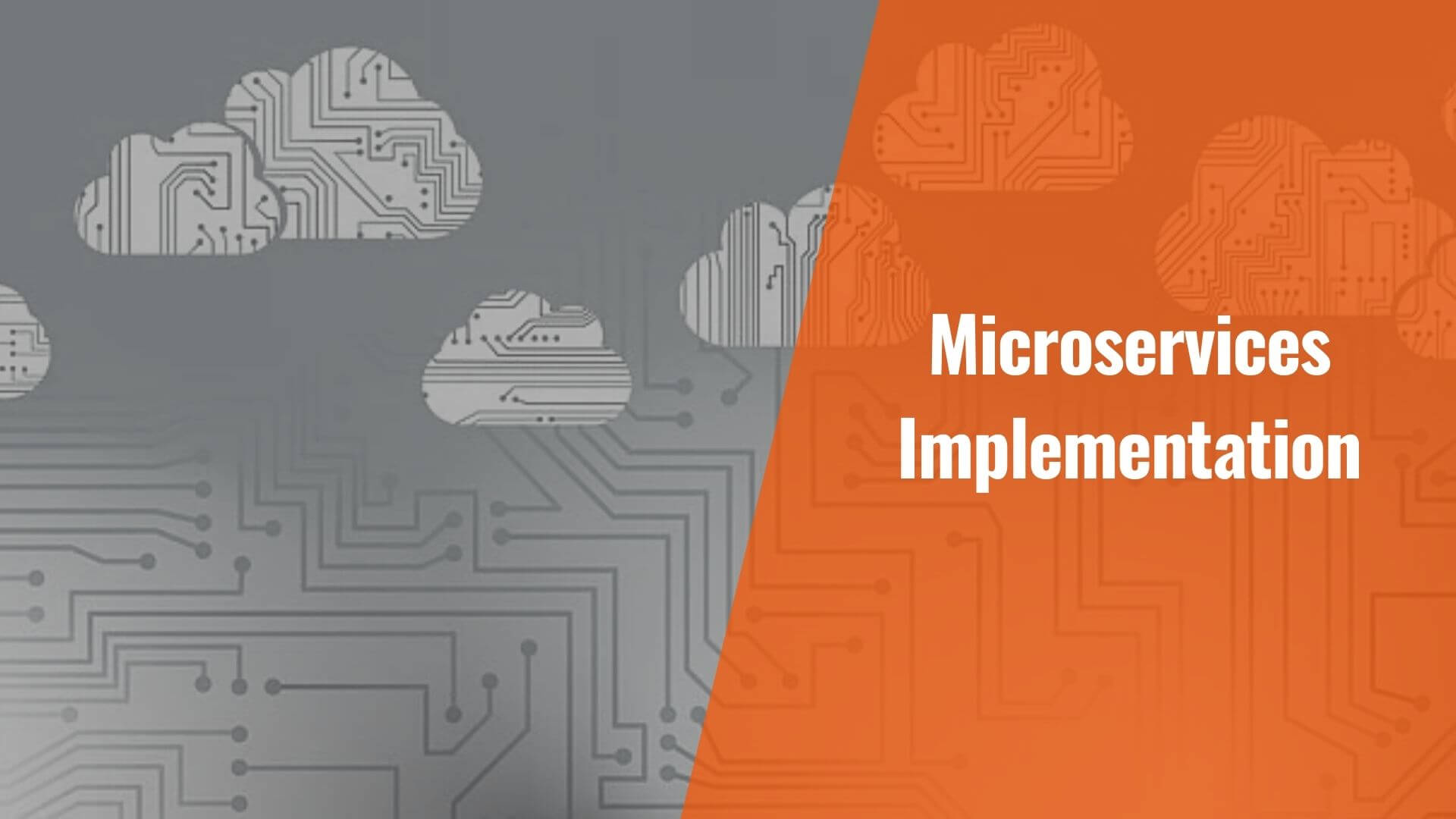
5 Best Practices for Successful Microservices Implementation
Microservices have significantly altered the architecture of server-side processors. Rather than a single massive monolithic codebase containing all of your application’s business logic, microservices adhere to the distributed systems concept, in which a collection of application components collaborate to meet business goals. You may create a streamlined microservices ecosystem free of superfluous architectural complications by adhering to microservices industry standards.
What are the Benefits of a Microservices Architecture?
Several benefits of microservices architecture include the following:
- It enables you to construct a microservice in a language of your choosing, release performance autonomously at your own pace, and assess it against your chosen benchmark.
- Since microservices are built separately by different teams, marketing and development may occur concurrently.
- Errors and fault detection occur in a manner that does not influence the organization’s whole digital environment.
5 Best Practices for Microservices Implementation Success
1. Application Domain with Limited Scope
Implementing a microservices strategy necessitates adhering to the notion of single responsibility. By restricting the scope of responsibility for a particular service, we can mitigate the negative consequences of that service’s failure. An outage or loss of a single microservice can have an enormous impact on the entire network.
A microservice should be precisely that: a microservice. Keep your microservices‘ app domains short and focused on a single logical functionality. This minimizes the effect of any faults that may develop with a particular microservice. Additionally, more minor services require less maintenance. As a consequence, updating and development are simplified.
In practice, how does this look? For example, suppose the microservice is an API client that takes requests to get data and requires an authorization token. An authorization token is required for all of these services except for this one. Why not simply incorporate authentication and token generation within the microservice itself? At first look, the benefit appears to be that there are fewer moving parts and hence fewer components to handle.
Eventually, additional services will require an authorization token as well. Your original microservice will quickly become an API server and an authentication system. If your API server fails, your authentication server will also fail. Likewise, any other application that requires an authorization token performs the same thing.
Differences Between API and Microservices? Here’s all you need to know.
2. Storage of Data Separately
Multiple microservices connected to the same database remain a monolithic design in essence. It is equally brittle because the monolith is located at the database rather than the application layer. Each microservice should have its data persistence layer to the extent practicable. This assures isolation from other microservices and lowers the blast radius if a specific data set becomes unavailable.
At times, it may appear rational for many microservices to access the same database. However, a closer investigation may reveal that one microservice operates on a fraction of database tables, whilst the other microservice operates on an entirely another subset of tables. If the different subsets of data are orthogonal, this is ideal for partitioning the database into various services. Thus, a single service is dependent on its specialized data store, and the failure of that datastore does not affect any other service.
For file storage, we may make the same argument. There is no necessity for distinct microservices to use the same file storage service when implementing a microservices architecture. Unless there is a genuine file overlap, separate microservices should have their file stores.
3. Innovation with a Tech Stack
Constrain your microservices to a single technology stack. While microservices’ benefits are that they may be built in any language or technology, dedicated engineers will gravitate toward the newest hot framework. In the long term, and with inescapable turnover, microservices maintenance will become difficult and devolve into a nightmare. It will become challenging, if not impossible, to switch microservices across teams.
Microservices can be implemented using a variety of technologies. It would be best if you used anything dependable, well-maintained, and so on. Simultaneously, this constraint should not prohibit you from inventing. Rather than that, do a proof-of-concept on a new microservice; if successful, spread it to the whole system.
Application Modernization with Containers & Microservices
4. Metrics and Surveillance
A microservices-based design enables the massive scaling of hundreds or thousands of tiny, modular services. While this results in significant gains in performance, availability, and reach, monitoring an extensive system of microservices demands a purposeful and systematic approach.
By monitoring all of your microservices, you can ensure that they are performing correctly, are accessible to your consumers, and are utilizing resources efficiently. When one or more of these expectations is not met, you can respond appropriately by taking appropriate action.
Fortunately, monitoring does not require you to reinvent the wheel. Numerous commonly used monitoring systems are available that interact smoothly with your infrastructure.
Specific solutions make use of metrics exporter SDKs that may be integrated into your microservice with the addition of one or two lines of code. Others may be incorporated as a plugin into your API gateway or service mesh to monitor networking and resource utilization.
5. Compatibility
Maintain backward compatibility as much as possible to avoid your users encountering broken APIs. This is frequently accomplished by adhering to path-level compatibility assurances such as /api/v1 or /api/v2. Any incompatible modifications with previous versions are redirected to a new URL, such as /api/v3.
Deprecating APIs is necessary for software development, even if we try to avoid them at all costs. Microservices may notify API customers of deprecation messages by using the API gateway response transformation plugin.
Conclusion
Before migrating to microservices, it is critical to understand why you are doing so. Evaluate your system and take note of the unique characteristics that make it special and whatever section of the system causes you the most problems. Make an early assessment of the microservice capabilities of a less crucial component of the overall design.
Along with these microservices best practices, you must ensure that the project manager can manage service-oriented architecture deployments and development from start to finish. Only firms that grasp the intricacies of the cultural transition toward microservices will fully exploit the technology.





Comments
No comments yet.